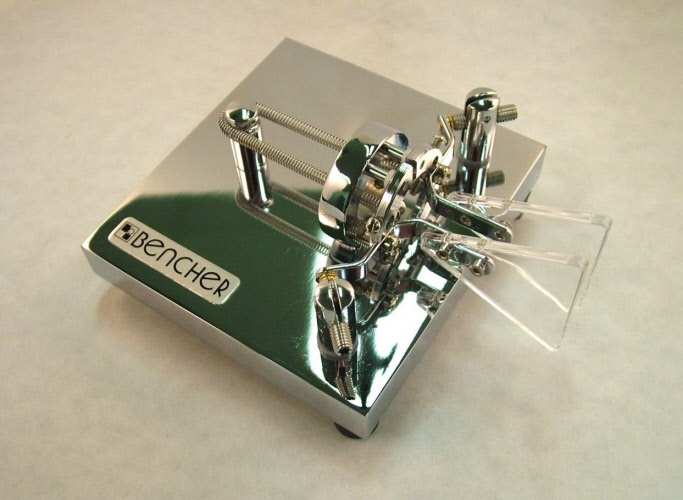I’ve been a Licenced Amateur Radio Operator since Spring of ’92, but in those early years, I was more into local VHF than the long-distance HF stuff (what non-hams call “Shortwave”). And even when I did dabble on HF, I had only studied Morse Code enough to pass the 5wpm requirement at that time. Mere months later the FCC dropped that requirement, but I digress. I may have had three or four QSOs (radio conversations) using CW (i.e. Continuous Wave, the mode used for Morse Code). That’s it.
Point being: I was never proficient at it, and seemingly forgot almost all I’d learned. It’s the same as any 2nd language – use it or lose it.
I was away from the hobby for almost 10 years, just getting back into it a bit over a year ago. Many things have changed a lot. Many other things have not. One of the surprises is that, amidst all the amazing new digital modes made possible by advanced computer-sound-card-based DSP, and despite there not having been a CW requirement for US licensure for over two decades, CW has enjoyed a resurgence in popularity. On an average evening, I might tune around the HF bands and hear almost nobody talking to each other. But boy howdy, there seems to almost always be at least a few signals in the CW portion of the bands.
Well, so now I’m doing what some might say I should’ve done back in the ’90s – I’m re-learning Morse Code. Holy cats, it’s hard. Takes a lot of practice, patience, and persistence. On top of that, what little CW I did in the early days, I had done with a “Straight Key” like this one…

It’s basically a single switch. No matter how slowly or quickly you press the black disc down, or how long you hold it down, the transceiver will be transmitting continuously while the contacts are touching. On the one hand, it means if you’re not great at making your dits much shorter than your dahs, you’re difficult to copy at the other end. On the other hand, if you’re tapping along at 10wpm, and come to something you find a little trickier to send, you can just slow down.
But now I’m re-learning using my radio’s built-in electronic keyer, and a set of paddles like this…

This is for Iambic Keying. Hold the left paddle (closes the left switch contacts), and the radio sends dit dit dit dit dit… Hold the right paddle (right switch closes), and the radio sends dah dah dah dah dah… But squeeze them together and you get dah dit dah dit dah dit dah… which is where the term Iambic comes from.
No more problems with dits being too long, dahs being too short, or the spacing between dits and/or dahs being uneven due to having a “sloppy fist”. It is, however, a very different process, physically. Any muscle memory I might’ve had (and I had very little) from using a Straight Key is utterly worthless when using Iambic Paddles.
It’s also rather pointless to try to slow down mid-transmission. You can put more space between characters, and more space between words. But the spacing between dits and/or dahs are whatever the electronic keyer is configured for.
I’ve been practicing on this thing for, I dunno, 6 or 7 hours today. The only thing I can send reliably is my own callsign. I’m hoping by week’s end I’ll be able to send THE QUICK BROWN FOX JUMPED OVER THE LAZY DOG. Once I can do that, I could say I just about know the alphabet; might have started to build some new muscle memory by then, too.
There’s quite a bit of other code to learn after that. Prosigns, punctuation, numerals, common abbreviations, stuff like that. It’s gonna be a while before I attempt this on the air. Uff-da.
Why do it? Isn’t it archaic and useless in this day and age? Yeah, pretty much. But learning a “new” skill which requires different parts of your brain, and accurately-timed physical coordination, has been demonstrated to improve the elasticity of the human brain at my age. Helps stave off dementia. Might keep me lucid enough to keep working into my 70s. Goodness knows I’ll never have enough money to retire, so I might as well do everything I can to keep my earning potential healthy.